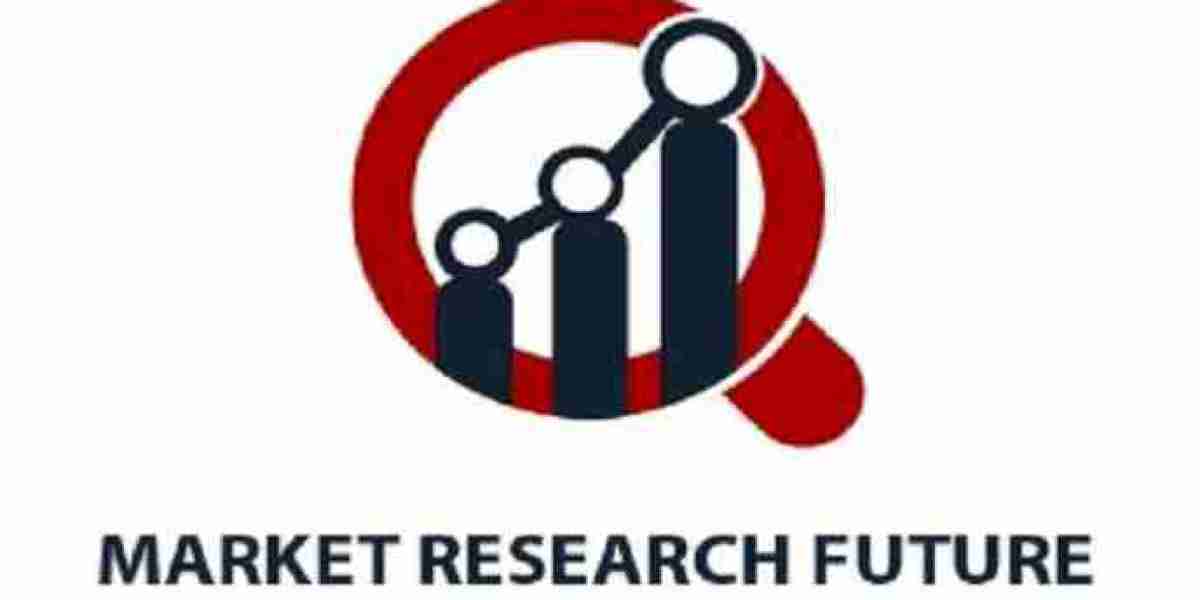In Malaysia, the battle against climate change is gaining momentum, with environmental consulting for reducing greenhouse gas emissions playing a pivotal role. As businesses and communities across the nation seek sustainable pathways, understanding the historical context of environmental challenges becomes crucial. Your efforts in navigating these complexities can significantly impact Malaysia's ecological footprint. By leveraging expert guidance, you're not just complying with regulations; you're contributing to a global movement towards a healthier planet. This post aims to equip you with insights and strategies for effective greenhouse gas management, setting the stage for meaningful environmental stewardship.
Understanding GHG Emissions in Malaysia
Primary Sources
Your journey to reducing greenhouse gas (GHG) emissions starts with recognizing the main contributors. In Malaysia, the energy sector leads, primarily due to electricity generation and transportation. These activities release significant amounts of carbon dioxide into the atmosphere.
Agriculture follows closely, with rice cultivation and livestock producing methane. This knowledge helps tailor your project's focus towards these high-impact areas.
Scope Emissions
Understanding Scope 1, 2, and 3 emissions is crucial for a comprehensive view of Malaysia's carbon footprint. Scope 1 covers direct emissions from owned sources. For you, this means targeting on-site fuel combustion and company vehicles.
Scope 2 addresses indirect emissions from purchased electricity. Your efforts might include switching to renewable energy sources.
Scope 3 encompasses all other indirect emissions within your value chain. This could involve modifying your supply chain to reduce transport-related emissions.
Current Trends
Malaysia's GHG emission levels have been rising, reflecting economic growth and increased energy consumption. However, identifying these trends provides a baseline for measuring improvement. By understanding where we stand now, you can set realistic goals for reducing emissions in your projects.
Strategies for GHG Reduction
Setting Targets
To combat climate change, setting realistic and measurable targets is crucial. Your industry can benefit from clear goals to reduce greenhouse gas (GHG) emissions. By establishing a greenhouse gas inventory, you understand your starting point.
This inventory helps identify the most impactful areas for emission reductions. Once you know where you stand, setting ambitious yet achievable targets becomes easier. These targets are essential for guiding your efforts in combating climate change.
Decarbonization Plan
Developing a Decarbonization Plan is a strategic move towards a low-carbon economy. This plan outlines specific strategies and actions tailored to your sector's needs. It includes transitioning to renewable energy sources and improving energy efficiency.
The plan acts as a roadmap, detailing steps to achieve your reduction targets. It ensures all team members are aligned with the environmental goals, making the transition smoother and more effective.
Monitoring Progress
Key Performance Indicators (KPIs) play a pivotal role in driving GHG reduction efforts. They allow you to measure progress against your set targets regularly. By monitoring these indicators, you can adjust strategies as needed to ensure you're on track.
KPIs also help in highlighting successes and areas needing improvement. They foster a culture of accountability and continuous improvement within your organization.
Implementing Sustainable Practices
EMS Introduction
Environmental Management Systems (EMS) serve as a cornerstone for achieving sustainability in your operations. By aligning with ISO 14001:2015 standards, you ensure that your practices not only reduce environmental impact but also comply with international benchmarks.
Adopting an EMS helps identify and manage risks related to environmental aspects of your operations. It encourages continuous improvement, making it easier to integrate sustainable practices into daily activities.
Energy Management
Effective Energy Management Systems can lead to significant reductions in energy use and greenhouse gas (GHG) emissions. These systems focus on optimizing energy consumption, promoting clean growth through more efficient resource use.
They assess the life cycle of energy production and consumption, helping you understand where improvements can be made. This leads to lower operational costs and a smaller carbon footprint, aligning with global efforts to combat climate change.
Sustainable Operations
Adopting sustainable practices across all sectors of your business minimizes environmental impacts while enhancing efficiency. It involves conducting feasibility studies and engaging stakeholders in developing strategies that promote clean growth.
Sustainable operations help mitigate risks associated with GHG emissions and ensure compliance with evolving environmental standards. They also make your business more resilient against changes in regulations and market demands for greener products and services.
Exploring Carbon Management Solutions
Carbon Sequestration
Carbon sequestration programs play a crucial role in your climate action plan. They involve capturing carbon dioxide (CO2) emissions from sources like power plants and then storing it away so that it doesn't enter the atmosphere. This process significantly reduces greenhouse gas emissions, helping Malaysia move towards carbon neutrality.
By investing in these programs, you not only contribute to mitigating climate change impacts but also enhance public health by reducing air pollution. The benefits extend beyond environmental preservation, fostering a healthier community and a more sustainable future.
Technology Innovations
Advancements in technology offer promising solutions for carbon reduction. Innovative tools and methods can capture CO2 directly from the air or at the point of emission. Once captured, this CO2 can be used in various industries or stored underground.
Such technologies are essential for achieving low carbon goals. They complement natural processes and increase the overall efficiency of carbon management initiatives. Your engagement with these solutions underscores a commitment to pioneering climate action efforts.
Partnering for Environmental Excellence
Tailored Strategies
Partnering with environmental consulting firms brings significant advantages. They craft tailored GHG reduction strategies that align with your specific needs. Their expertise and extensive experience in the industry ensure that you receive innovative solutions.
These firms understand the nuances of energy efficiency and environmental impact. They can guide you through optimizing your operations to minimize emissions effectively.
Collaborative Efforts
Achieving national decarbonization goals requires collaboration among government, businesses, and consultants. This synergy fosters an environment where shared knowledge leads to more impactful outcomes.
By working together, you leverage collective strengths. This approach accelerates progress towards reducing greenhouse gas emissions across Malaysia.
Climate Risk Assessments
Engaging in Climate Risk Assessments is crucial for organizations aiming to mitigate climate change effects comprehensively. These assessments prepare you for future challenges by identifying potential risks and opportunities for growth.
Best environmental consultants offer services that help interpret these assessments accurately. They plan actionable steps to safeguard your operations against adverse climate impacts.
Closing Thoughts
Reducing greenhouse gas emissions in Malaysia isn't just a task; it's a crucial step towards a sustainable future. Your journey through understanding GHG emissions, exploring reduction strategies, implementing sustainable practices, delving into carbon management solutions, and partnering for environmental excellence highlights a comprehensive path forward. It's clear that concerted efforts can lead to significant environmental benefits, aligning with global sustainability goals.
Now's the time to act. Whether you're part of a corporation, a small business, or an individual passionate about making a difference, your role is pivotal. Start your sustainability journey and pave the way for a healthier planet.







